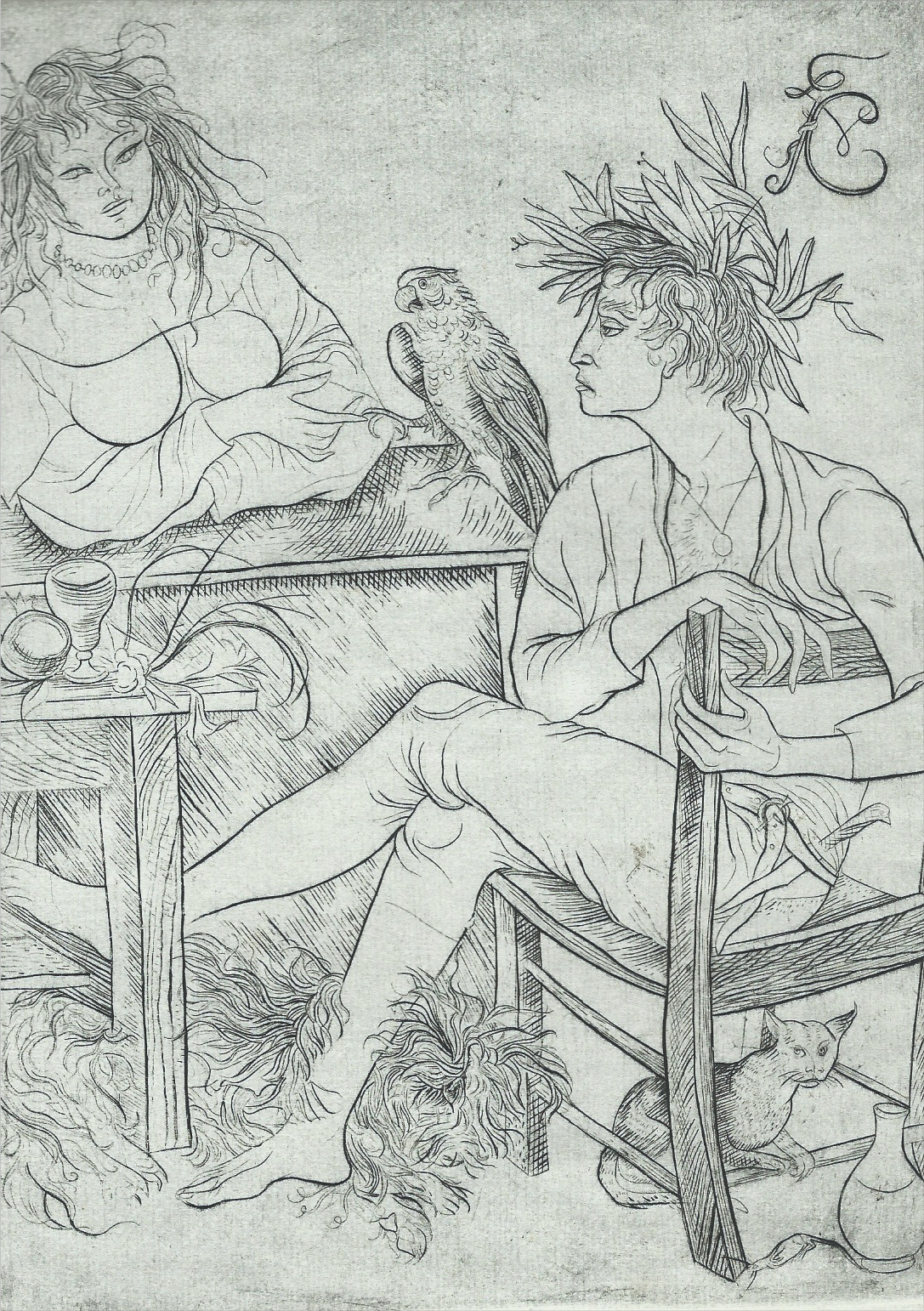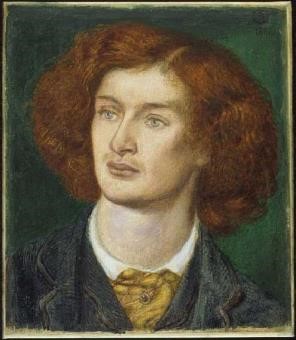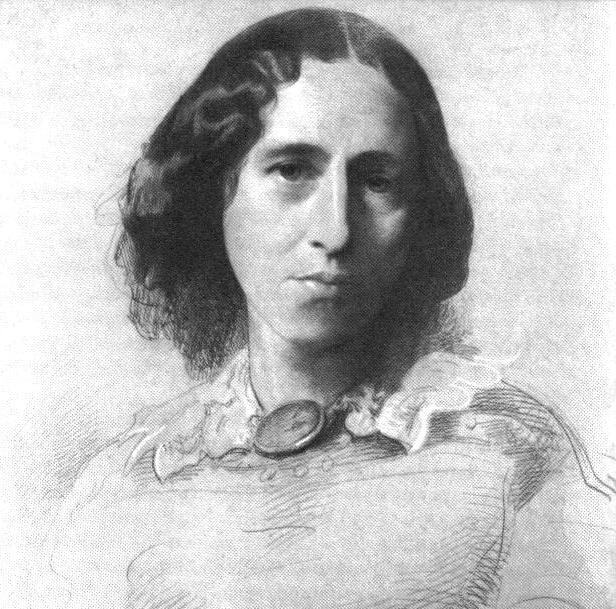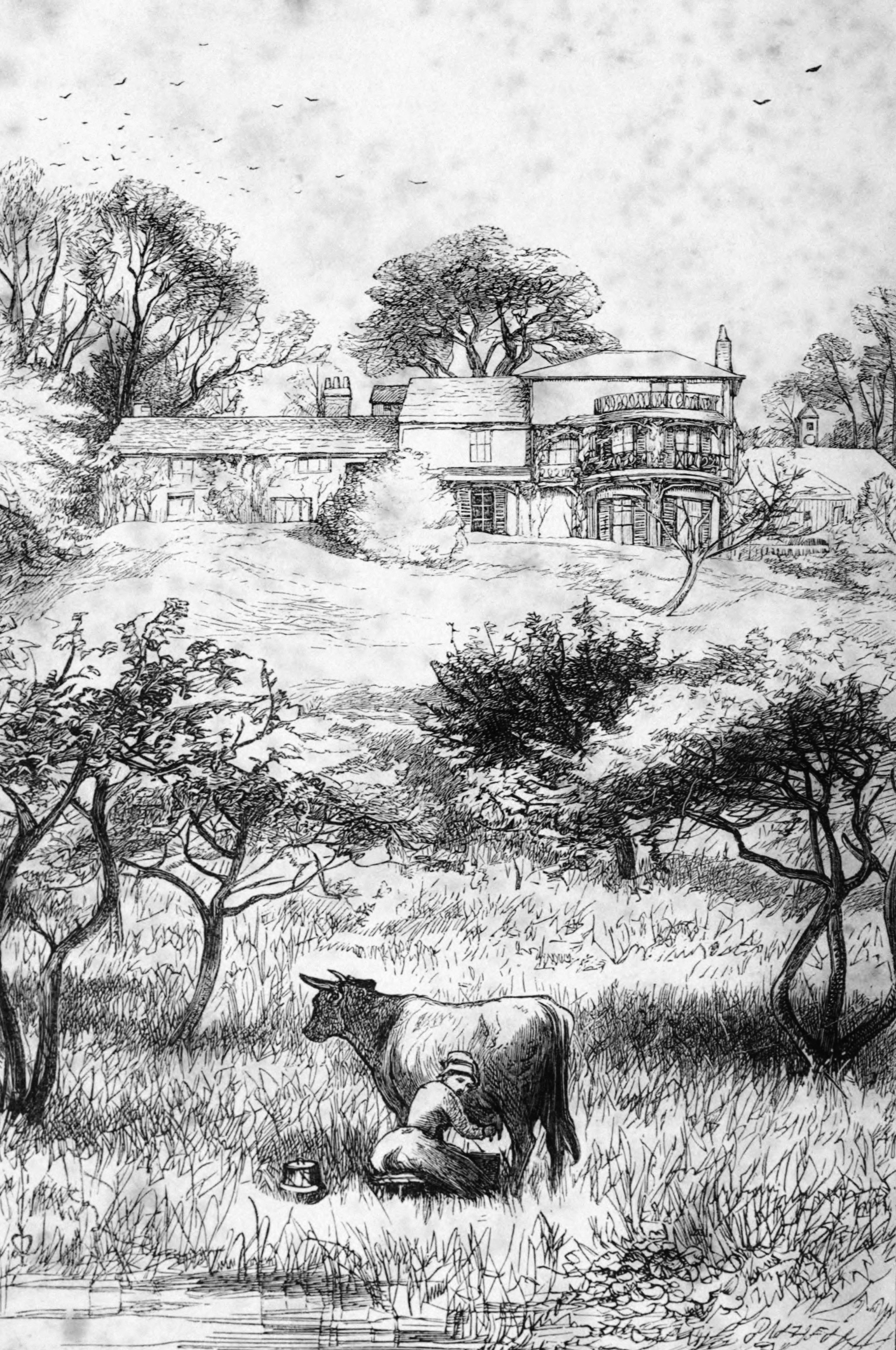|
Henry Austin Dobson
Henry Austin Dobson (18 January 1840 – 2 September 1921), commonly Austin Dobson, was an English poet and essayist. Life He was born at Plymouth, the eldest son of George Clarisse Dobson, a civil engineer, of French descent. When he was about eight, the family moved to Holyhead, and his first school was at Beaumaris in Anglesey. He was later educated at Coventry, and the Gymnase, Strasbourg. He returned at the age of sixteen with the intention of becoming a civil engineer. (His younger brother James would in fact become a noted engineer, helping complete the Buenos Aires harbour works in the 1880s and 1890s.) At the beginning of his career, he continued to study at the South Kensington School of Art, in his spare time, but without definite ambition. In December 1856 he entered the Board of Trade, gradually rising to the rank of principal in the harbour department, from which he retired in the autumn of 1901. In 1868, he had married Frances Mary, daughter of the ... [...More Info...] [...Related Items...] OR: [Wikipedia] [Google] [Baidu] |
Ealing
Ealing () is a district in West London, England, west of Charing Cross in the London Borough of Ealing. Ealing is the administrative centre of the borough and is identified as a major metropolitan centre in the London Plan. Ealing was historically in the county of Middlesex. Until the urban expansion of London in the late 19th century and early 20th centuries, it was a rural village. Improvement in communications with London, culminating with the opening of the railway station in 1838, shifted the local economy to market garden supply and eventually to suburban development. By 1902 Ealing had become known as the "Queen of the Suburbs" due to its greenery, and because it was halfway between city and country. As part of the growth of London in the 20th century, Ealing significantly expanded and increased in population. It became a municipal borough in 1901 and part of Greater London in 1965. It is now a significant commercial and retail centre with a developed night-time eco ... [...More Info...] [...Related Items...] OR: [Wikipedia] [Google] [Baidu] |
François Villon
François Villon ( Modern French: , ; – after 1463) is the best known French poet of the Late Middle Ages. He was involved in criminal behavior and had multiple encounters with law enforcement authorities. Villon wrote about some of these experiences in his poems. Biography Birth Villon was born in Paris in 1431. One source gives the date as .Charpier 1958, "1er avril 1431 (vieux style) ou 19 avril 1432 (nouveau style) : naissance à Paris, de ''François de Montcorbier'', alias ''des Loges'', qui deviendra François Villon pril 1, 1431 (old style) or April 19, 1432 (new style): birth in Paris of ''François de Montcorbier'', alias ''des Loges'', who would become François Villon Early life Villon's real name may have been François de Montcorbier or François des Loges: both of these names appear in official documents drawn up in Villon's lifetime. In his own work, however, Villon is the only name the poet used, and he mentions it frequently in his work. Hi ... [...More Info...] [...Related Items...] OR: [Wikipedia] [Google] [Baidu] |
Clément Marot
Clément Marot (23 November 1496 – 12 September 1544) was a French Renaissance poet. Biography Youth Marot was born at Cahors, the capital of the province of Quercy, some time during the winter of 1496–1497. His father, Jean Marot (c. 1463-1523), whose more correct name appears to have been des Mares, Marais or Marets, was a Norman from the Caen region and was also a poet. Jean held the post of ''escripvain'' (a cross between poet laureate and historiographer) to Anne of Brittany, Queen of France. Clément was the child of his second wife. The boy was "brought into France" — it is his own expression, and is not unnoteworthy as showing the strict sense in which that term was still used at the beginning of the 16th century — in 1506. He appears to have been educated at the University of Paris, and to have then begun studying law. Jean Marot instructed his son in the fashionable forms of verse-making, which called for some formal training. It was the time of the ... [...More Info...] [...Related Items...] OR: [Wikipedia] [Google] [Baidu] |
Théodore De Banville
Théodore Faullain de Banville (14 March 1823 – 13 March 1891) was a French poet and writer. His work was influential on the Symbolist movement in French literature in the late 19th century. Biography Banville was born in Moulins in Allier, Auvergne, the son of a captain in the French navy. His boyhood, by his own account, was cheerlessly passed at a ''lycée'' in Paris; he was not harshly treated, but took no part in the amusements of his companions. On leaving school with but slender means of support, he devoted himself to letters, and in 1842 published his first volume of verse (''Les Cariatides''), which was followed by ''Les Stalactites'' in 1846. The poems encountered some adverse criticism, but secured for their author the approbation and friendship of Alfred de Vigny and Jules Janin. From then on, Banville's life was steadily devoted to literary production and criticism. He printed other volumes of verse, among which the ''Odes funambulesques'' (1857) received unstinte ... [...More Info...] [...Related Items...] OR: [Wikipedia] [Google] [Baidu] |
Algernon Charles Swinburne
Algernon Charles Swinburne (5 April 1837 – 10 April 1909) was an English poet, playwright, novelist, and critic. He wrote several novels and collections of poetry such as '' Poems and Ballads'', and contributed to the famous Eleventh Edition of the ''Encyclopædia Britannica''. Swinburne wrote about many taboo topics, such as lesbianism, sado-masochism, and anti-theism. His poems have many common motifs, such as the ocean, time, and death. Several historical people are featured in his poems, such as Sappho ("Sapphics"), Anactoria ("Anactoria"), and Catullus ("To Catullus"). Biography Swinburne was born at 7 Chester Street, Grosvenor Place, London, on 5 April 1837. He was the eldest of six children born to Captain (later Admiral) Charles Henry Swinburne (1797–1877) and Lady Jane Henrietta, daughter of the 3rd Earl of Ashburnham, a wealthy Northumbrian family. He grew up at East Dene in Bonchurch on the Isle of Wight. The Swinburnes also had a London home at Whiteha ... [...More Info...] [...Related Items...] OR: [Wikipedia] [Google] [Baidu] |
George Eliot
Mary Ann Evans (22 November 1819 – 22 December 1880; alternatively Mary Anne or Marian), known by her pen name George Eliot, was an English novelist, poet, journalist, translator, and one of the leading writers of the Victorian era. She wrote seven novels: '' Adam Bede'' (1859), '' The Mill on the Floss'' (1860), '' Silas Marner'' (1861), ''Romola'' (1862–63), '' Felix Holt, the Radical'' (1866), '' Middlemarch'' (1871–72) and '' Daniel Deronda'' (1876). Like Charles Dickens and Thomas Hardy, she emerged from provincial England; most of her works are set there. Her works are known for their realism, psychological insight, sense of place and detailed depiction of the countryside. ''Middlemarch'' was described by the novelist Virginia Woolf as "one of the few English novels written for grown-up people"Woolf, Virginia. "George Eliot." ''The Common Reader''. New York: Harcourt, Brace, and World, 1925. pp. 166–76. and by Martin Amis and Julian Barnes as the greatest novel ... [...More Info...] [...Related Items...] OR: [Wikipedia] [Google] [Baidu] |
Henry Austin Dobson
Henry Austin Dobson (18 January 1840 – 2 September 1921), commonly Austin Dobson, was an English poet and essayist. Life He was born at Plymouth, the eldest son of George Clarisse Dobson, a civil engineer, of French descent. When he was about eight, the family moved to Holyhead, and his first school was at Beaumaris in Anglesey. He was later educated at Coventry, and the Gymnase, Strasbourg. He returned at the age of sixteen with the intention of becoming a civil engineer. (His younger brother James would in fact become a noted engineer, helping complete the Buenos Aires harbour works in the 1880s and 1890s.) At the beginning of his career, he continued to study at the South Kensington School of Art, in his spare time, but without definite ambition. In December 1856 he entered the Board of Trade, gradually rising to the rank of principal in the harbour department, from which he retired in the autumn of 1901. In 1868, he had married Frances Mary, daughter of the ... [...More Info...] [...Related Items...] OR: [Wikipedia] [Google] [Baidu] |
Photo Of Henry Austin Dobson
A photograph (also known as a photo, image, or picture) is an image created by light falling on a photosensitive surface, usually photographic film or an electronic image sensor, such as a CCD or a CMOS chip. Most photographs are now created using a smartphone/camera, which uses a lens to focus the scene's visible wavelengths of light into a reproduction of what the human eye would see. The process and practice of creating such images is called photography. Etymology The word ''photograph'' was coined in 1839 by Sir John Herschel and is based on the Greek φῶς (''phos''), meaning "light," and γραφή (''graphê''), meaning "drawing, writing," together meaning "drawing with light." History The first permanent photograph, a contact-exposed copy of an engraving, was made in 1822 using the bitumen-based "heliography" process developed by Nicéphore Niépce. The first photographs of a real-world scene, made using a camera obscura, followed a few years later at Le Gras, Fra ... [...More Info...] [...Related Items...] OR: [Wikipedia] [Google] [Baidu] |
Mary Augusta Wakefield
Mary Augusta Wakefield (19 August 1853 – 16 September 1910) was a British composer, contralto, festival organiser, and writer. Biography Early life Wakefield was born in Kendal, where her paternal ancestors had been members of the Quaker community before converting to Anglicanism. Her mother was from an Irish-American background. In the 1860s her father took over the family business, which included a bank and a gunpowder mill. He built Sedgwick House near the gunpowder mill a few miles outside Kendal. Her parents William Henry Wakefield and Augusta Hagarty Wakefield had four sons (including the cricketer William Wakefield) and two other daughters. As a child, Wakefield learned traditional border folksongs from her nurses, which she later included in her collection ''Northern Songs''. As a teenager she was sent to a finishing school in Brighton. She studied in London with Alberto Randegger and George Henschel, and in Rome with Giovanni Sgambati. Later life Wakefield ... [...More Info...] [...Related Items...] OR: [Wikipedia] [Google] [Baidu] |
Anthony Trollope
Anthony Trollope (; 24 April 1815 – 6 December 1882) was an English novelist and civil servant of the Victorian era. Among his best-known works is a series of novels collectively known as the '' Chronicles of Barsetshire'', which revolves around the imaginary county of Barsetshire. He also wrote novels on political, social, and gender issues, and other topical matters. Trollope's literary reputation dipped somewhat during the last years of his life, but he had regained the esteem of critics by the mid-20th century. Biography Anthony Trollope was the son of barrister Thomas Anthony Trollope and the novelist and travel writer Frances Milton Trollope. Though a clever and well-educated man and a Fellow of New College, Oxford, Thomas Trollope failed at the Bar due to his bad temper. Ventures into farming proved unprofitable, and he did not receive an expected inheritance when an elderly childless uncle remarried and had children. Thomas Trollope was the son of Rev. (Thomas) ... [...More Info...] [...Related Items...] OR: [Wikipedia] [Google] [Baidu] |
Middlesex
Middlesex (; abbreviation: Middx) is a historic county in southeast England. Its area is almost entirely within the wider urbanised area of London and mostly within the ceremonial county of Greater London, with small sections in neighbouring ceremonial counties. Three rivers provide most of the county's boundaries; the Thames in the south, the Lea to the east and the Colne to the west. A line of hills forms the northern boundary with Hertfordshire. Middlesex county's name derives from its origin as the Middle Saxon Province of the Anglo-Saxon Kingdom of Essex, with the county of Middlesex subsequently formed from part of that territory in either the ninth or tenth century, and remaining an administrative unit until 1965. The county is the second smallest, after Rutland, of the historic counties of England. The City of London became a county corporate in the 12th century; this gave it self-governance, and it was also able to exert political control over the rest ... [...More Info...] [...Related Items...] OR: [Wikipedia] [Google] [Baidu] |
_Austin_Dobson_by_Frank_Brooks.jpg)
.jpg)





